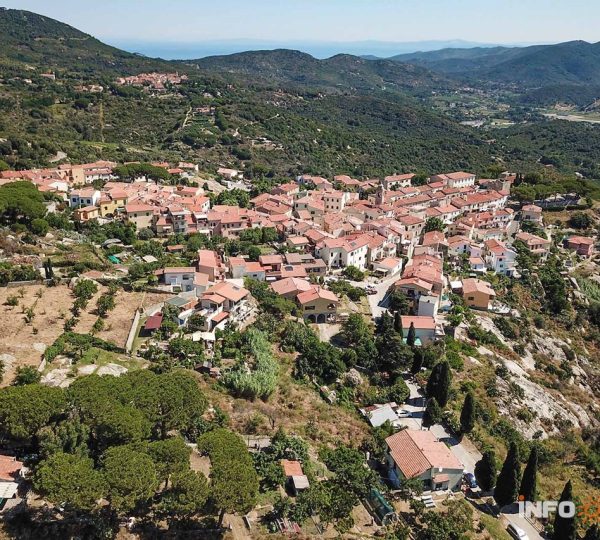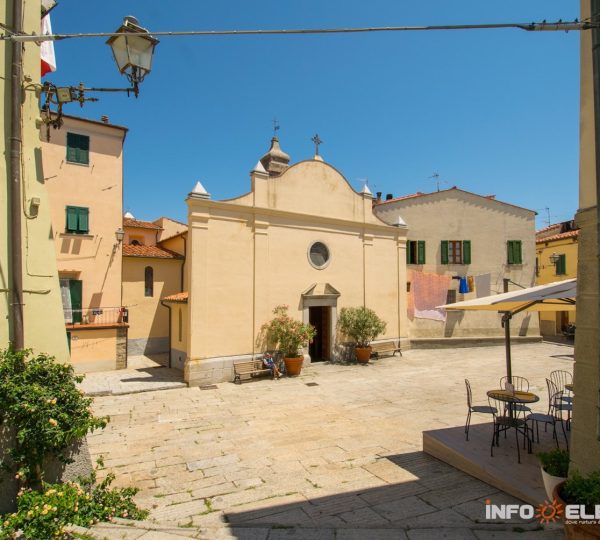- Anywhere

San Piero
The presence, in the oldest part of the village, of a temple dedicated to the god Glaucus suggests its origins date back to the 6th–5th century B.C. With the advent of Christianity, a Romanesque-Pisan style church was built in the 12th century, dedicated to Saints Peter and Paul (the village was once known as Sancti Petri de Campo). In the 16th century, this was replaced as the main church when a new parish church dedicated to Saint Nicholas was built further uphill, within the walled enclosure protected by the gates.
The village and its inhabitants have always been devoted to working granite, quarried from the nearby pits, from which vast quantities of stone were extracted and used in many squares and harbors throughout the Italian peninsula.
In ancient times, kaolin was also extracted from some surface deposits and supplied to industries for porcelain production. Agriculture too was widely practiced, taking advantage of the fertile alluvial plains below the village; these products were shipped and traded through the port of Marina di Campo, which grew increasingly important over the centuries.
At the beginning of the last century, many young people chose a life at sea, embarking on sailing ships and vessels engaged in both short- and long-distance coastal trade.
Thanks to its geological features, the village is renowned worldwide for its precious crystals—tourmalines, beryls, and more—found in the pegmatite veins of Grotta d’Oggi, Le Fate, and the Cava degli Scherzi, now collected in an interesting museum dedicated to Luigi Celleri.


